Home>Furniture & Design>Interior Design Trends>What Kind Of Sugar Do You Use To Rim A Glass
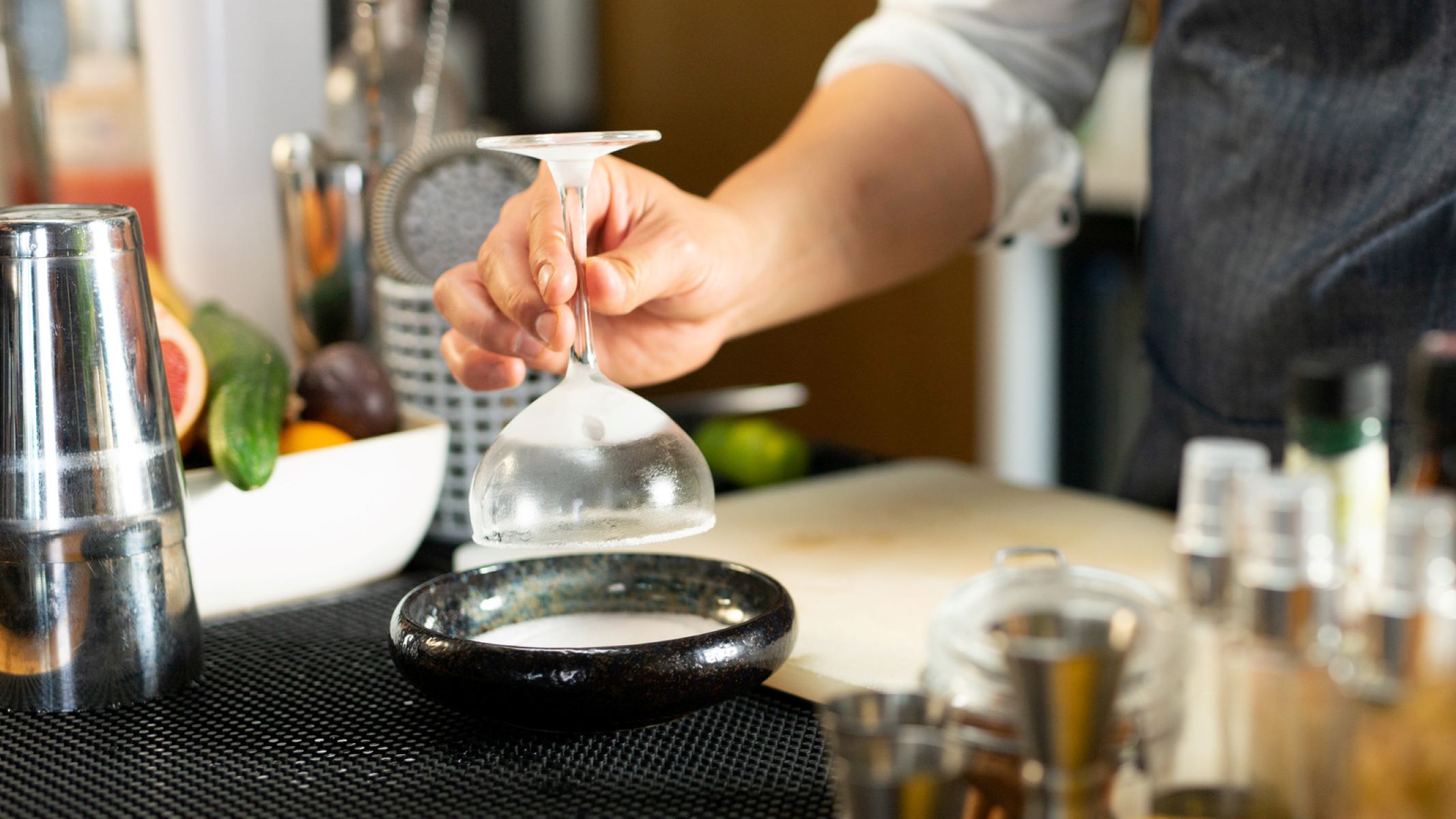

Interior Design Trends
What Kind Of Sugar Do You Use To Rim A Glass
Published: February 7, 2024
Discover the latest interior design trends and find out what kind of sugar to use to rim a glass for your next cocktail creation. Explore the perfect blend of style and flavor!
(Many of the links in this article redirect to a specific reviewed product. Your purchase of these products through affiliate links helps to generate commission for Storables.com, at no extra cost. Learn more)
Granulated Sugar
Granulated sugar is a versatile and commonly used ingredient in the culinary world, and it also serves a unique purpose when it comes to rimming a glass. Its fine texture and ability to adhere to the rim of a glass make it an ideal choice for adding a touch of sweetness and visual appeal to a wide range of beverages. Whether you're preparing a classic cocktail, a mocktail, or even a fancy dessert drink, granulated sugar can elevate the overall presentation and flavor experience.
When using granulated sugar to rim a glass, it's essential to ensure that the sugar adheres properly and creates a uniform coating around the rim. To achieve this, you can follow these simple steps:
-
Preparation: Before applying the sugar, it's crucial to prepare the rim of the glass. Start by moistening the rim with a lime or lemon wedge, or you can use simple syrup for a stronger adhesive effect. The moisture helps the sugar to stick to the rim effectively.
-
Application: Once the rim is moistened, gently dip it into a small plate or shallow dish containing granulated sugar. Rotate the glass to ensure an even coating of sugar along the entire rim. You can also sprinkle the sugar directly onto the moistened rim for a more controlled application.
-
Setting: After applying the sugar, allow the glass to sit for a few moments to let the sugar set and adhere firmly to the rim. This ensures that the sugar doesn't slide off when you pour the beverage into the glass.
-
Variations: While classic granulated sugar works wonderfully for rimming glasses, you can also experiment with colored sugars or flavored sugars to add an extra dimension of visual appeal and taste to your drinks. Colored sugars can complement specific drink themes or seasonal occasions, while flavored sugars, such as vanilla or cinnamon-infused sugar, can impart a delightful hint of flavor to each sip.
By using granulated sugar to rim a glass, you can effortlessly enhance the presentation and enjoyment of your favorite beverages. Its simplicity and versatility make it a go-to choice for adding a touch of sweetness and elegance to any drink, making every sip a delightful experience.
Key Takeaways:
- Elevate your drink presentation with granulated, coarse, powdered, or brown sugar for a touch of sweetness and visual appeal. Experiment with flavored sugars for a creative and flavorful twist to your favorite beverages.
- Moistening the glass rim and applying sugar can enhance the overall drinking experience. Try colored, flavored, or traditional sugars to add a unique touch to your drink presentations.
Read more: How To Rim A Glass With Sugar
Coarse Sugar
Coarse sugar, also known as decorating sugar or sanding sugar, is a popular choice for rimming glasses due to its larger crystal size and sparkling appearance. This type of sugar adds a delightful crunch and visual appeal to beverages, making it a favored option for both professional bartenders and home mixologists.
When it comes to rimming a glass with coarse sugar, the process is similar to using granulated sugar, but the results offer a unique texture and aesthetic. Here's how to effectively rim a glass with coarse sugar:
-
Preparation: Begin by moistening the rim of the glass with a lime or lemon wedge, or use simple syrup for a stronger adhesive effect. The moisture helps the coarse sugar adhere to the rim, ensuring a uniform coating.
-
Application: Once the rim is moistened, gently dip it into a plate or shallow dish containing coarse sugar. Rotate the glass to ensure an even distribution of sugar crystals along the entire rim. The larger crystals of coarse sugar create a visually striking and textured rim.
-
Setting: After applying the coarse sugar, allow the glass to sit for a brief period, allowing the sugar to set and firmly adhere to the rim. This step ensures that the sugar remains in place when the beverage is poured into the glass.
-
Variations: Coarse sugar is available in various colors, making it an excellent choice for adding a pop of color to drink presentations. Additionally, flavored coarse sugars, such as citrus-infused or mint-flavored options, can introduce subtle hints of flavor to each sip, enhancing the overall drinking experience.
The use of coarse sugar to rim a glass offers a delightful sensory experience, combining visual appeal with a satisfying crunch that complements the beverage. Whether it's adorning a cocktail, mocktail, or specialty coffee, the addition of coarse sugar elevates the overall presentation and creates a memorable drinking experience.
Incorporating coarse sugar into drink presentations allows for creativity and personalization, adding a touch of glamour and sophistication to any beverage. Its versatility and ability to enhance both the visual and textural elements of a drink make it a valuable ingredient in the art of drink preparation.
Powdered Sugar
Powdered sugar, also known as confectioner's sugar or icing sugar, offers a unique and delicate touch when used to rim a glass. Its fine, powdery texture creates a smooth and elegant appearance, adding a subtle sweetness to the overall drinking experience. Whether it's adorning a classic cocktail, a luxurious dessert drink, or a specialty coffee, powdered sugar brings a touch of sophistication to the presentation of beverages.
When rimming a glass with powdered sugar, the process differs slightly from using granulated or coarse sugar due to its fine consistency. Here's how to effectively rim a glass with powdered sugar:
-
Preparation: Begin by moistening the rim of the glass with a lime or lemon wedge, or use simple syrup for a stronger adhesive effect. The moisture helps the powdered sugar adhere to the rim, ensuring a smooth and even coating.
-
Application: Once the rim is moistened, carefully dip it into a plate or shallow dish containing powdered sugar. Gently rotate the glass to ensure an even distribution of the fine sugar particles along the entire rim. The result is a subtle, frosted appearance that adds a touch of elegance to the glass.
-
Setting: After applying the powdered sugar, allow the glass to rest for a brief period, allowing the sugar to set and firmly adhere to the rim. This step ensures that the powdered sugar remains in place when the beverage is poured into the glass, maintaining its refined presentation.
-
Variations: While classic powdered sugar is a timeless choice for rimming glasses, there are also flavored powdered sugars available, such as cocoa-infused or matcha-flavored options. These variations can introduce subtle hints of flavor and color to the drink presentation, enhancing the overall sensory experience.
The use of powdered sugar to rim a glass adds a touch of finesse and charm to any beverage, creating a visually appealing and delightful drinking experience. Its ability to impart a subtle sweetness without overwhelming the drink makes it an ideal choice for those seeking a refined and elegant presentation.
Incorporating powdered sugar into drink presentations allows for creativity and personalization, adding a touch of sophistication to any beverage. Whether it's a special occasion, a themed event, or simply a desire to elevate everyday drinks, powdered sugar offers a versatile and elegant solution for enhancing the visual and sensory elements of beverages.
Use coarse sugar, such as turbinado or demerara, to rim a glass for a more textured and visually appealing look. The larger crystals will also provide a nice crunch with each sip.
Brown Sugar
Brown sugar, with its rich molasses flavor and distinctive caramel notes, adds a warm and indulgent touch when used to rim a glass. Its unique characteristics make it a popular choice for enhancing the presentation and flavor profile of a wide range of beverages, from classic cocktails to specialty coffee creations.
When rimming a glass with brown sugar, the process involves a few simple steps to ensure an even coating and a delightful sensory experience. Here's how to effectively rim a glass with brown sugar:
-
Preparation: Begin by moistening the rim of the glass with a lime or lemon wedge, or use simple syrup for a stronger adhesive effect. The moisture helps the brown sugar adhere to the rim, ensuring a uniform coating and a secure attachment.
-
Application: Once the rim is moistened, gently dip it into a plate or shallow dish containing brown sugar. Rotate the glass to ensure an even distribution of the rich, caramel-hued sugar along the entire rim. The result is a visually inviting and aromatic presentation that sets the stage for an indulgent drinking experience.
-
Setting: After applying the brown sugar, allow the glass to rest for a brief period, allowing the sugar to set and firmly adhere to the rim. This step ensures that the brown sugar remains in place when the beverage is poured into the glass, maintaining its inviting appearance and enhancing the overall enjoyment of the drink.
-
Variations: While classic brown sugar offers a delightful depth of flavor and visual appeal, there are also flavored brown sugars available, such as cinnamon-infused or maple-flavored options. These variations can introduce nuanced hints of additional warmth and complexity to the drink presentation, elevating the overall sensory experience.
The use of brown sugar to rim a glass brings a touch of comforting indulgence and sophistication to any beverage, creating a visually appealing and flavor-enhancing element. Its ability to impart a rich, caramelized sweetness to the drink while adding an inviting aroma makes it an ideal choice for those seeking a cozy and luxurious presentation.
Incorporating brown sugar into drink presentations allows for creativity and personalization, adding a touch of warmth and depth to any beverage. Whether it's a cozy gathering, a festive celebration, or a desire to elevate everyday drinks, brown sugar offers a versatile and indulgent solution for enhancing the visual and sensory elements of beverages.
Flavored Sugar
Flavored sugar offers an exciting and versatile way to elevate the presentation and taste of rimmed glasses, adding a delightful twist to a wide array of beverages. From classic cocktails to specialty mocktails and even non-alcoholic refreshers, the use of flavored sugar introduces a creative and flavorful dimension to drink presentations.
When it comes to rimming a glass with flavored sugar, the possibilities are as diverse as the range of available flavors. Whether it's citrus-infused sugar to complement a zesty cocktail, vanilla sugar to enhance the richness of a dessert drink, or even exotic options like lavender or rose-infused sugar for a touch of floral elegance, the use of flavored sugar opens up a world of innovative and personalized drink experiences.
The process of rimming a glass with flavored sugar follows the same fundamental steps as using traditional sugars, with a focus on enhancing both the visual and sensory elements of the beverage. By moistening the rim of the glass and carefully applying the flavored sugar, the result is a captivating presentation that sets the stage for a truly immersive drinking experience.
One of the key advantages of using flavored sugar is the ability to tailor the drink presentation to specific themes, occasions, or flavor profiles. For tropical-inspired cocktails, coconut or pineapple-flavored sugar can evoke a sense of paradise, while spicy margaritas can be enhanced with chili-infused sugar for an added kick. Additionally, seasonal variations such as pumpkin spice or peppermint-flavored sugar can capture the essence of festive celebrations, adding a touch of warmth and nostalgia to the drink presentation.
Flavored sugar also offers an opportunity for personalization and experimentation, allowing mixologists and home enthusiasts to showcase their creativity and craft unique flavor combinations. By infusing sugar with herbs, spices, or even unexpected elements like espresso or cocoa, the resulting flavored sugars can transform the rimming process into a captivating and aromatic prelude to the drinking experience.
Incorporating flavored sugar into drink presentations not only adds a layer of sophistication and creativity but also invites guests and enthusiasts to embark on a sensory journey with each sip. The nuanced infusion of flavors and aromas from the rimmed glass enhances the overall enjoyment of the beverage, creating a multi-dimensional and memorable drinking experience.
Flavored sugar represents a delightful fusion of artistry and flavor, offering an innovative approach to enhancing the visual and sensory elements of beverages. Its ability to infuse drinks with unique and personalized touches makes it a valuable and captivating addition to the world of drink presentations.
Frequently Asked Questions about What Kind Of Sugar Do You Use To Rim A Glass
Was this page helpful?
At Storables.com, we guarantee accurate and reliable information. Our content, validated by Expert Board Contributors, is crafted following stringent Editorial Policies. We're committed to providing you with well-researched, expert-backed insights for all your informational needs.
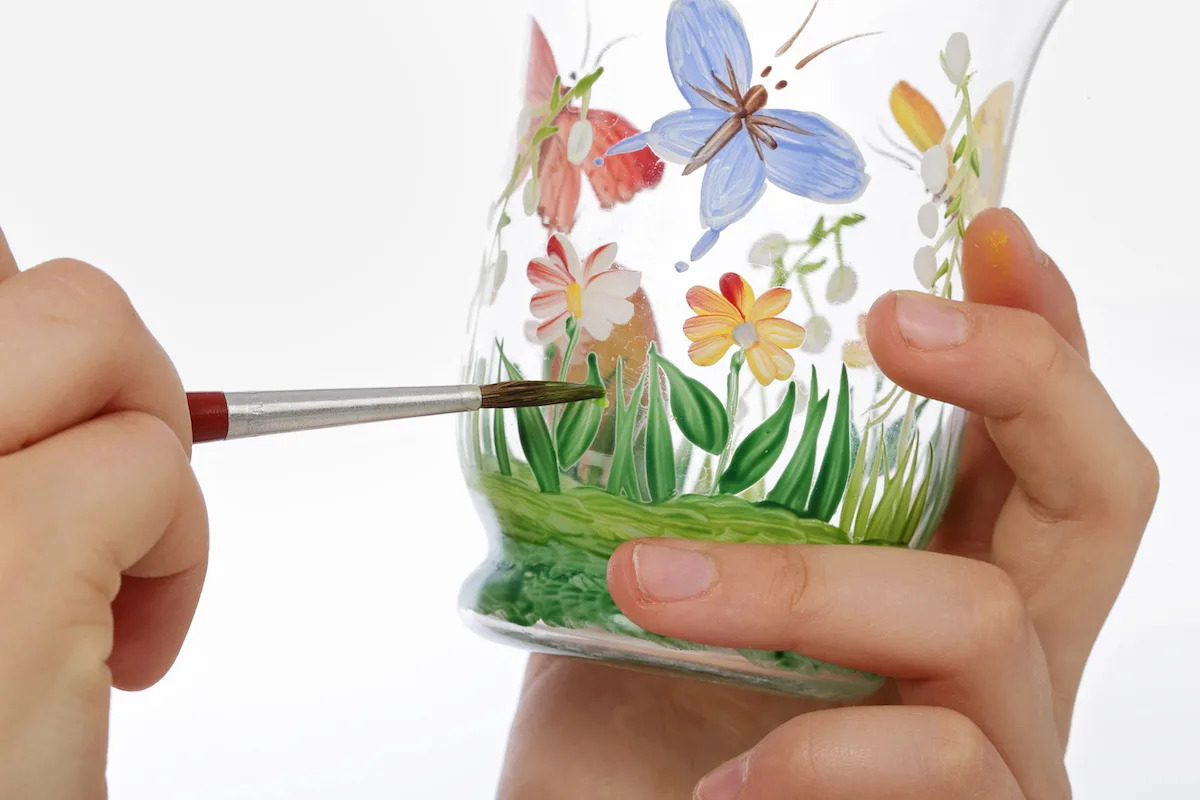
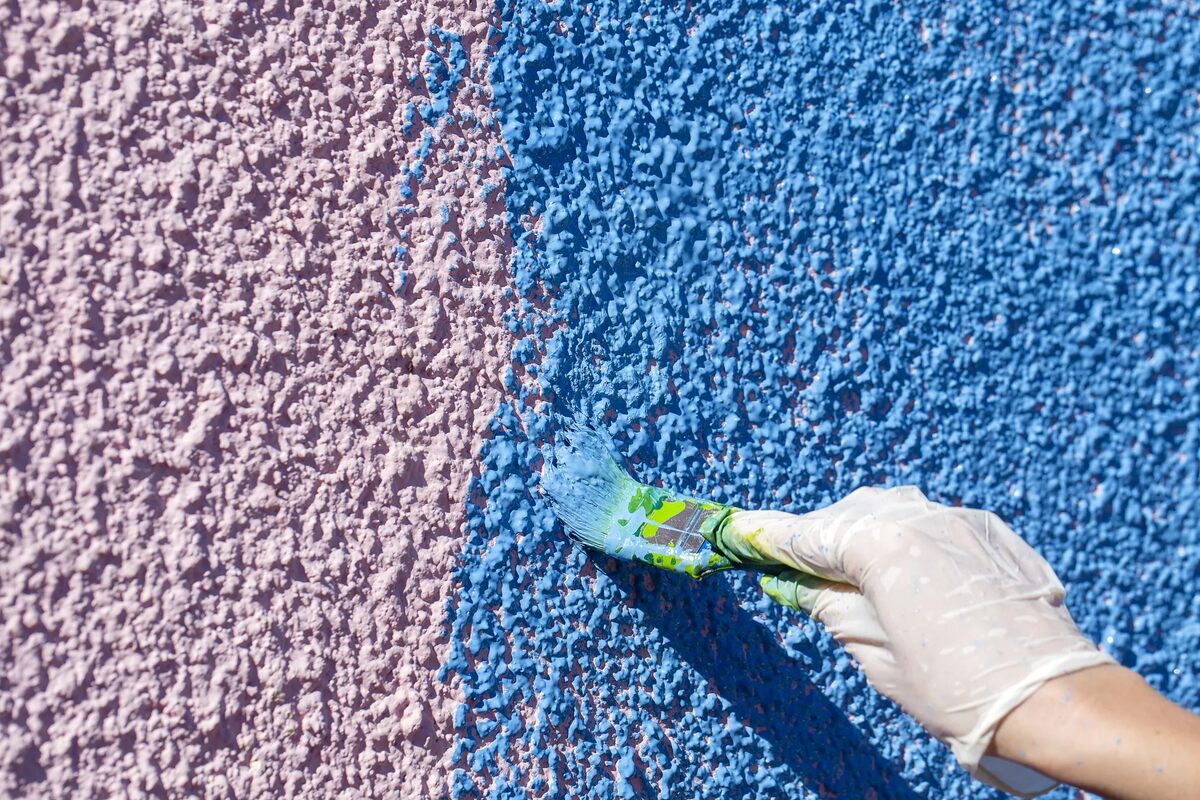
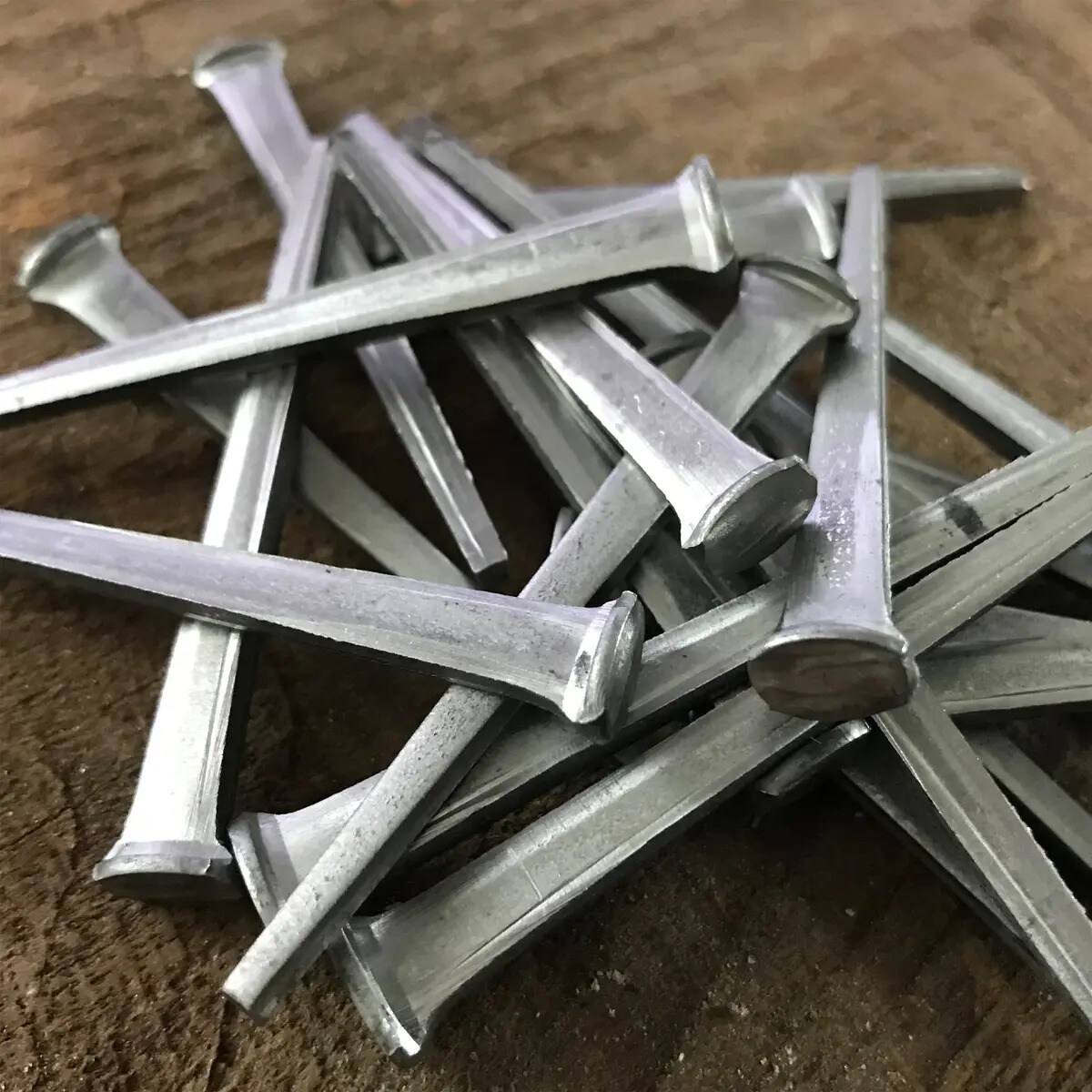
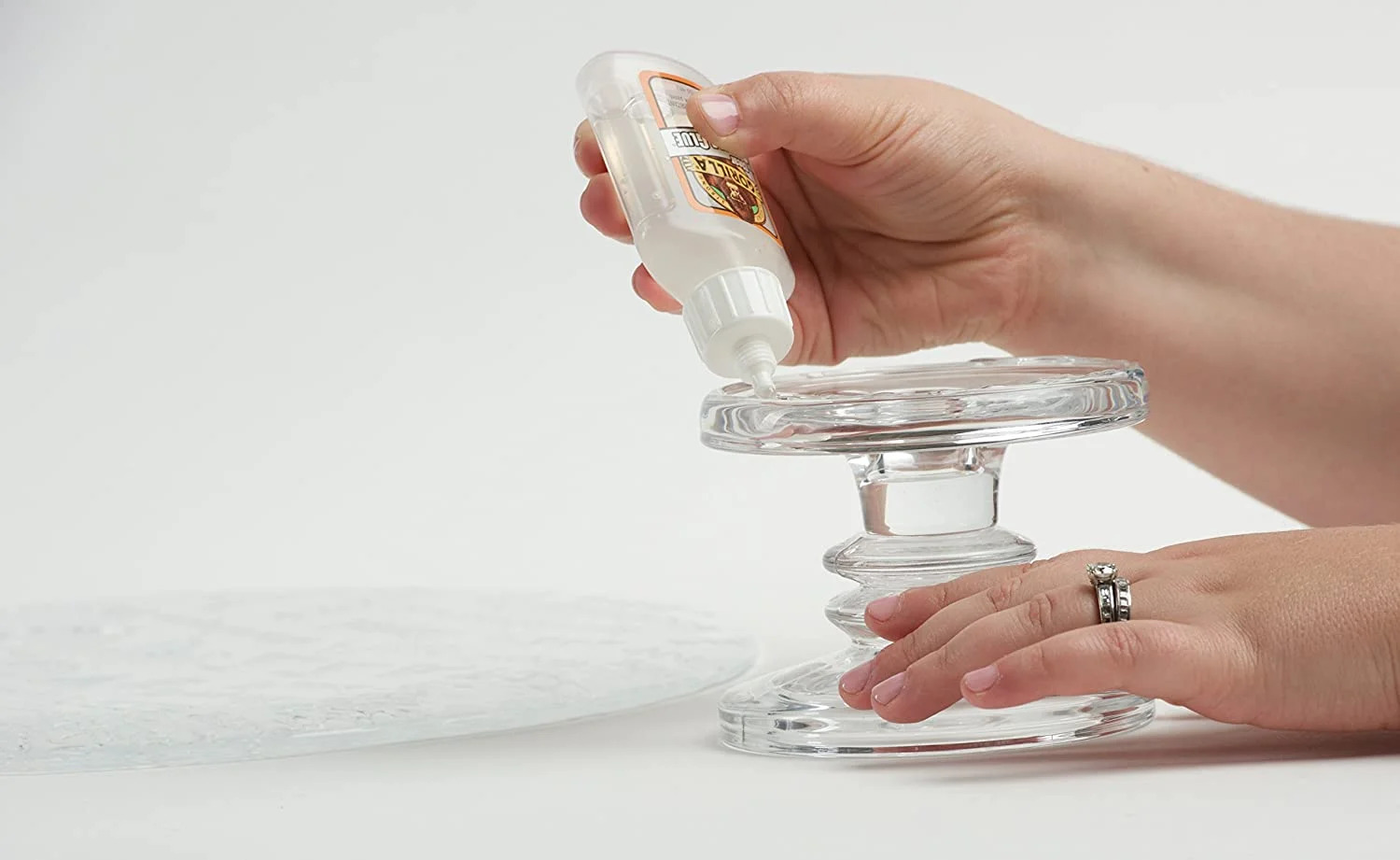
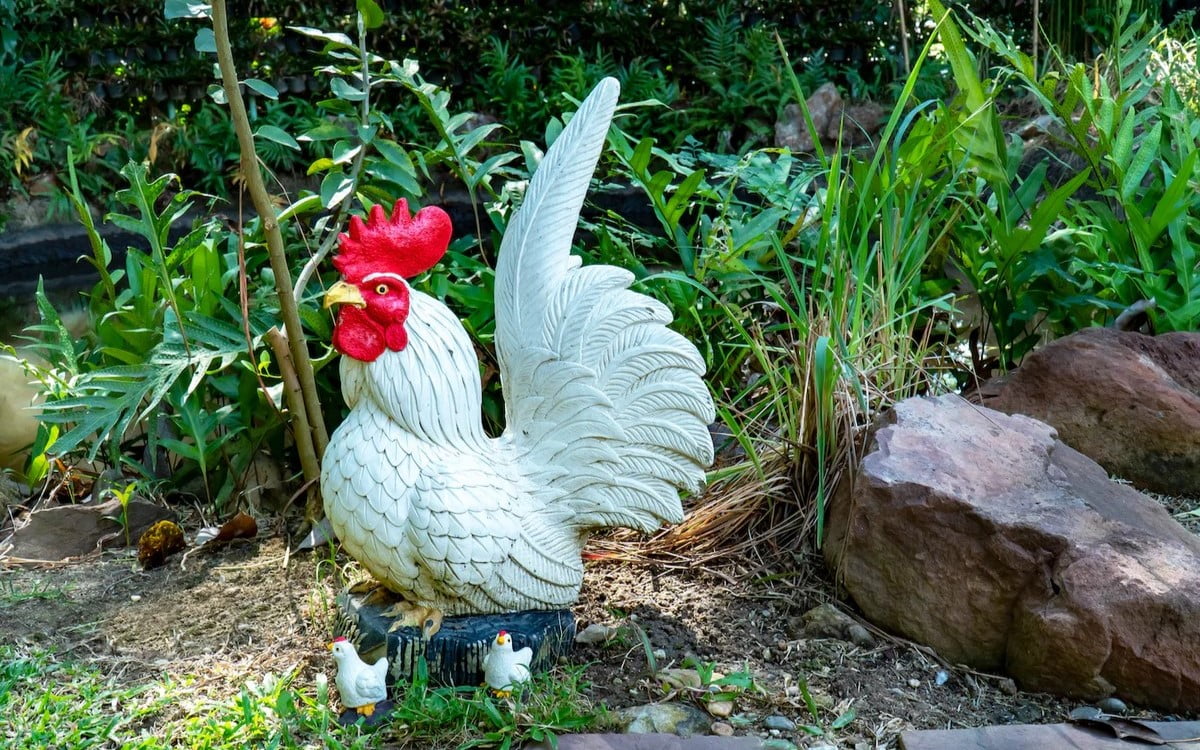
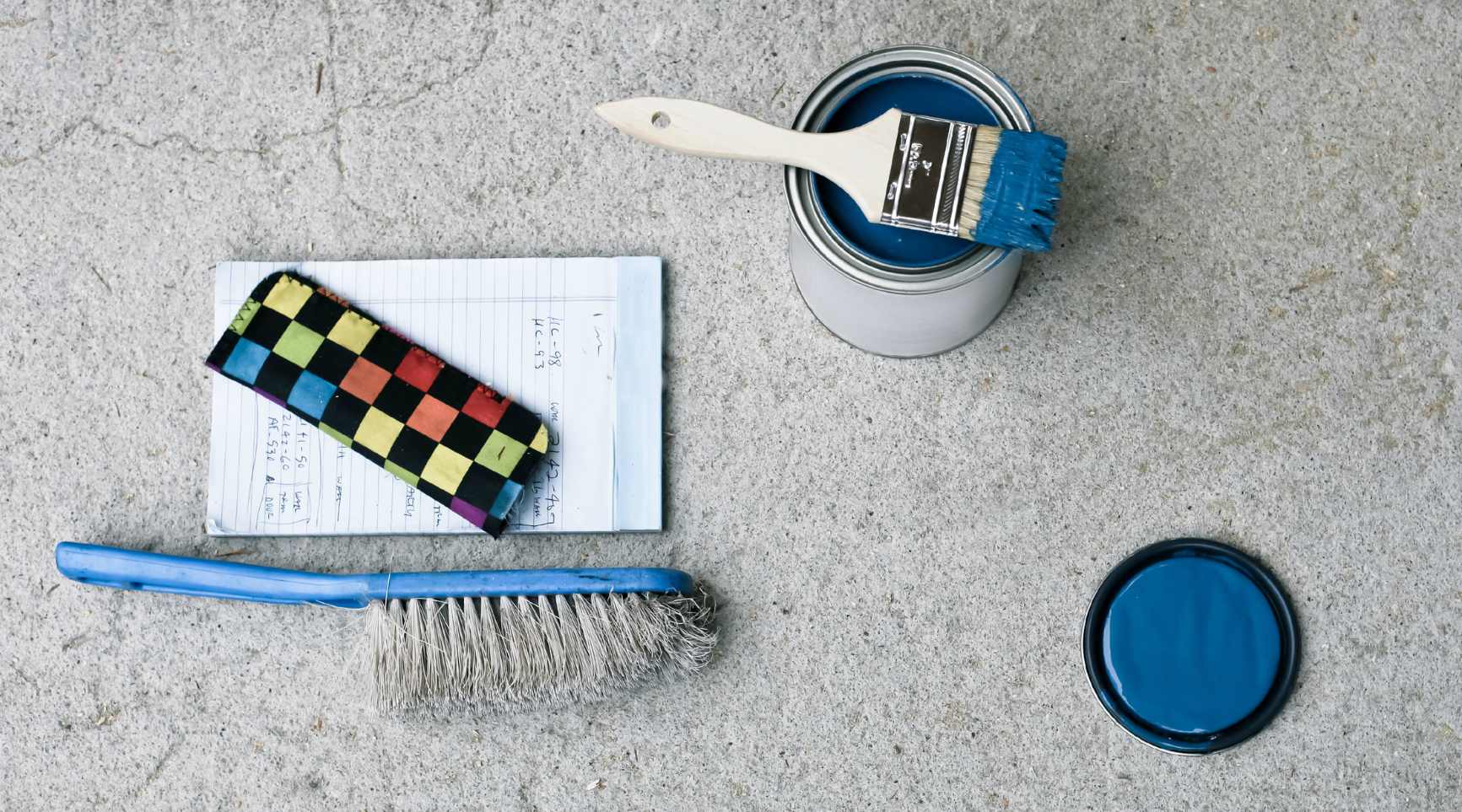
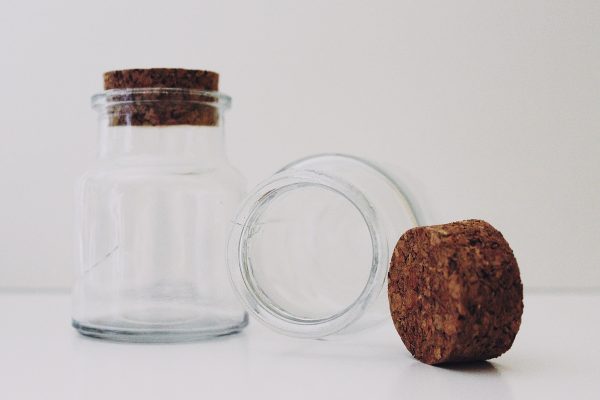
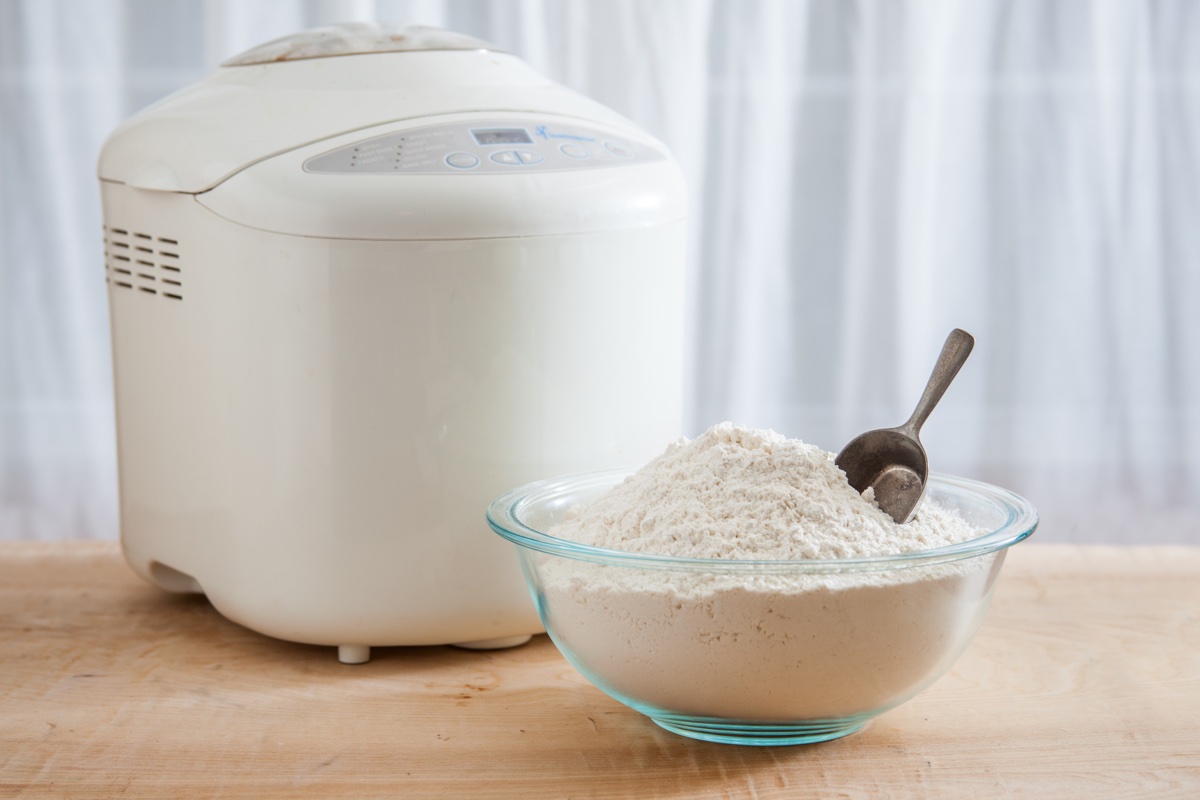

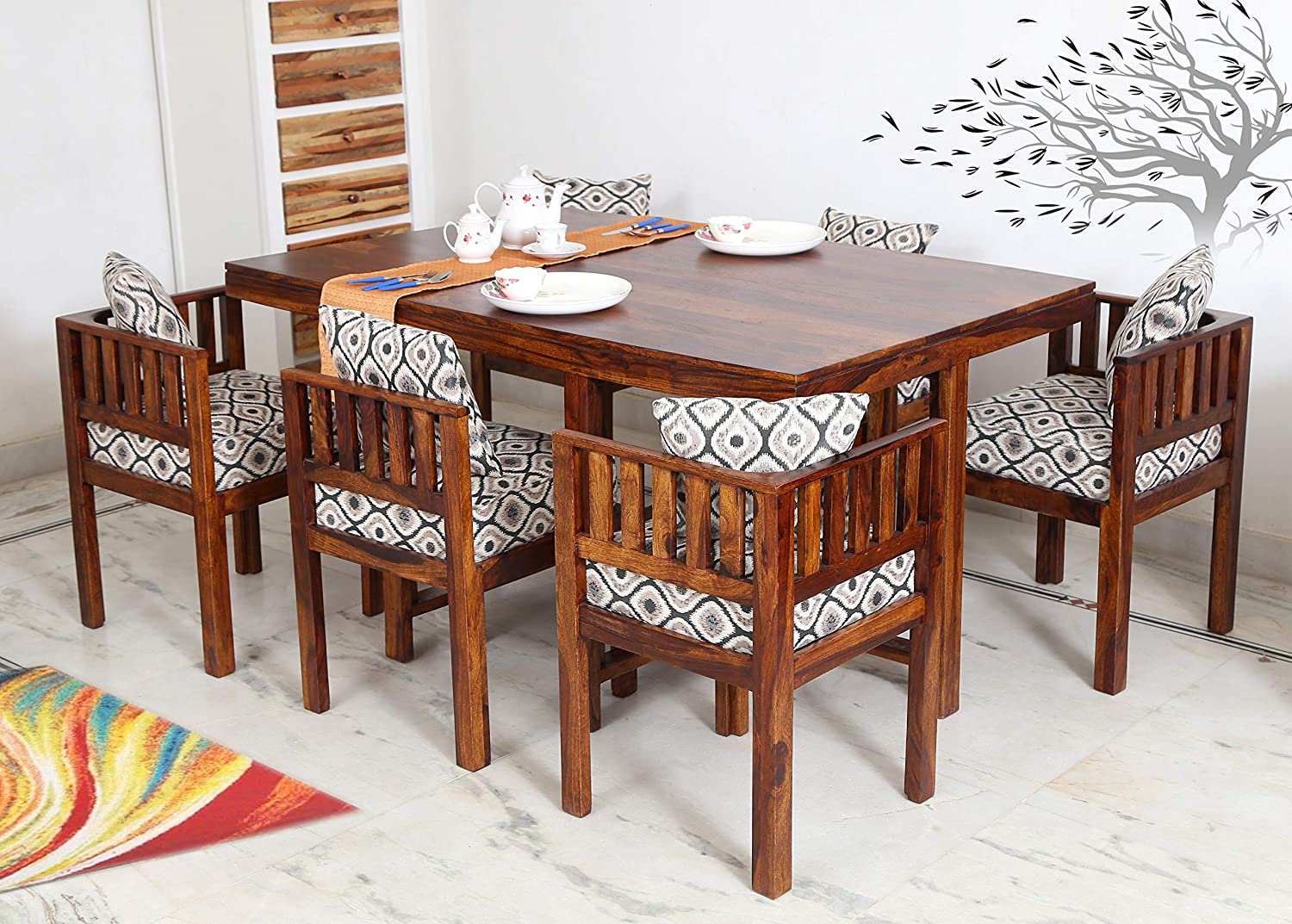
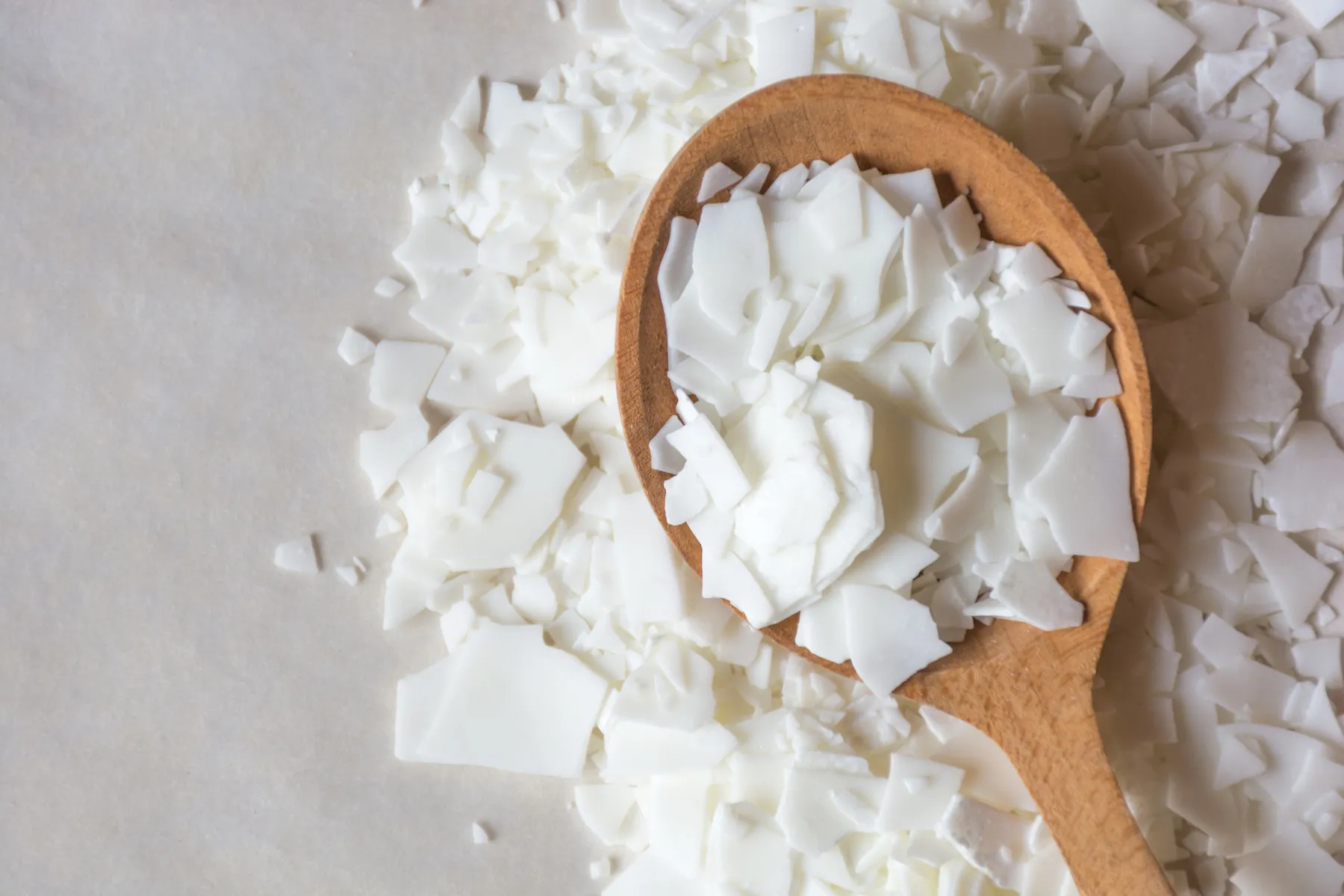
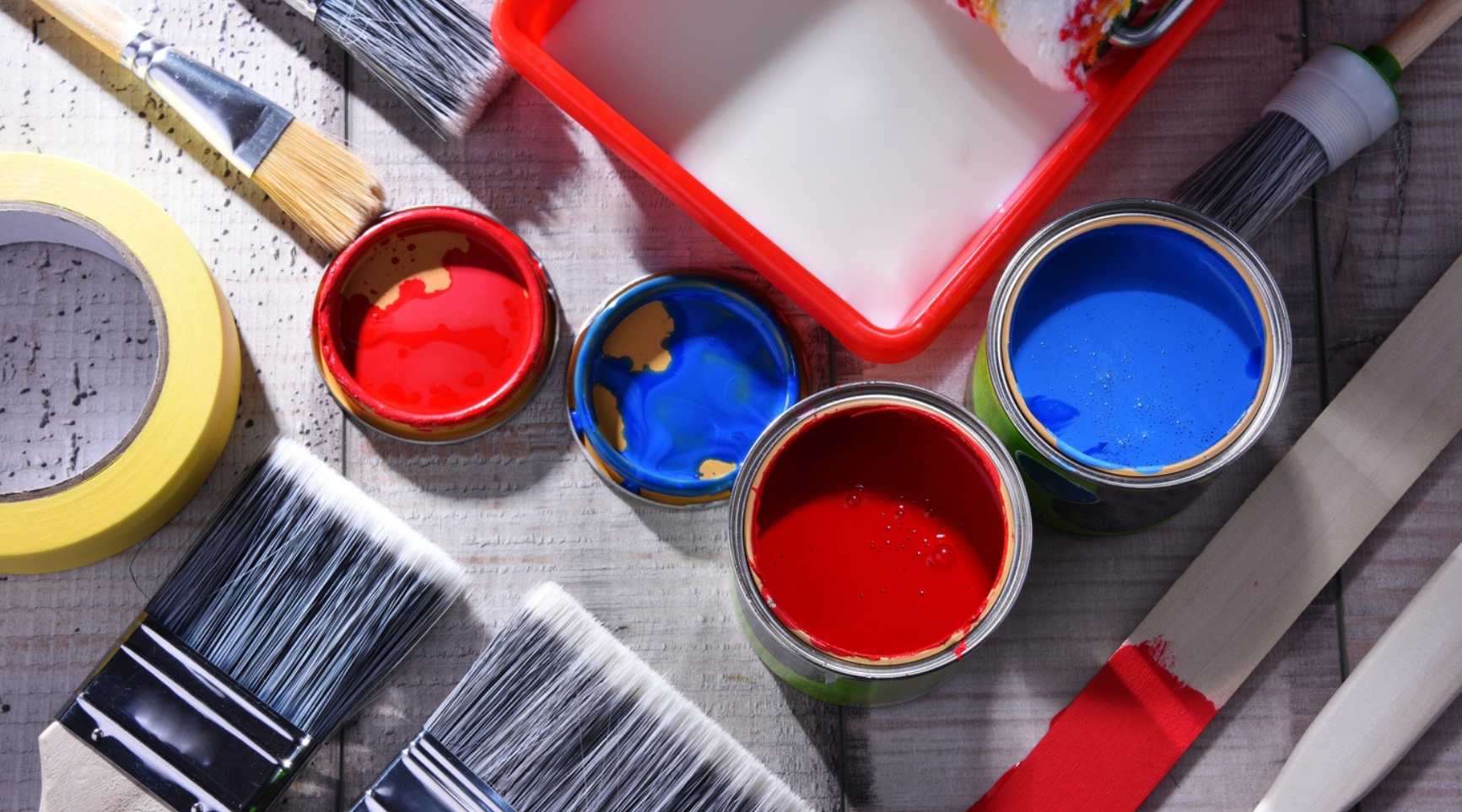
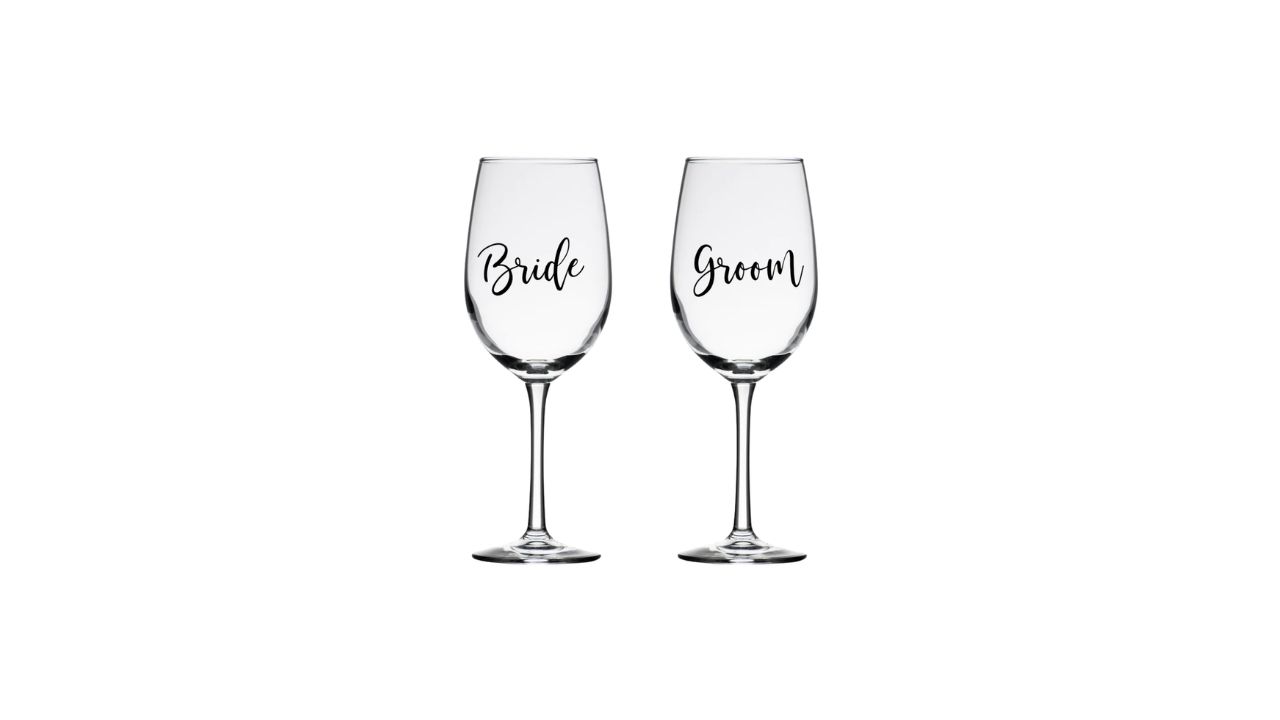
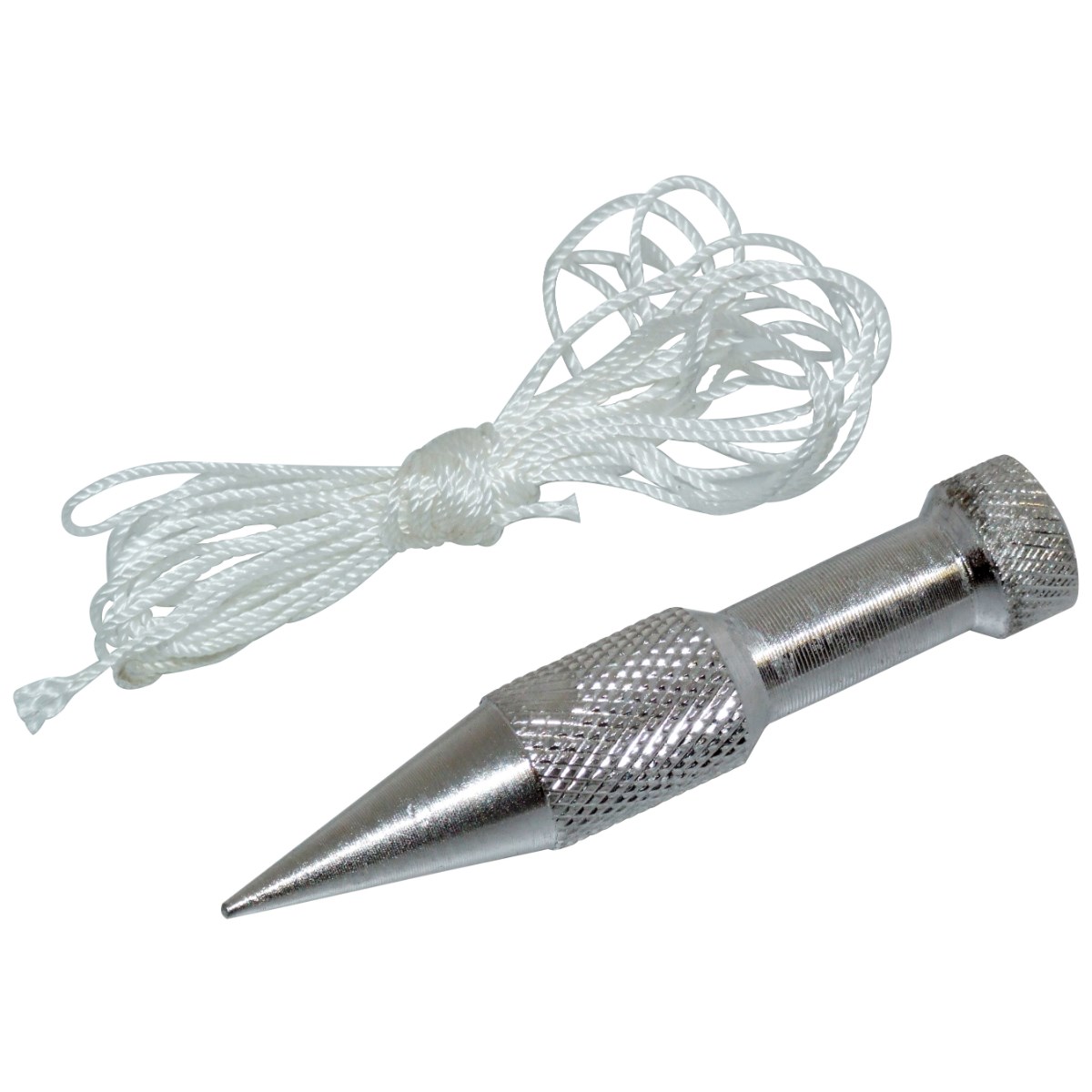
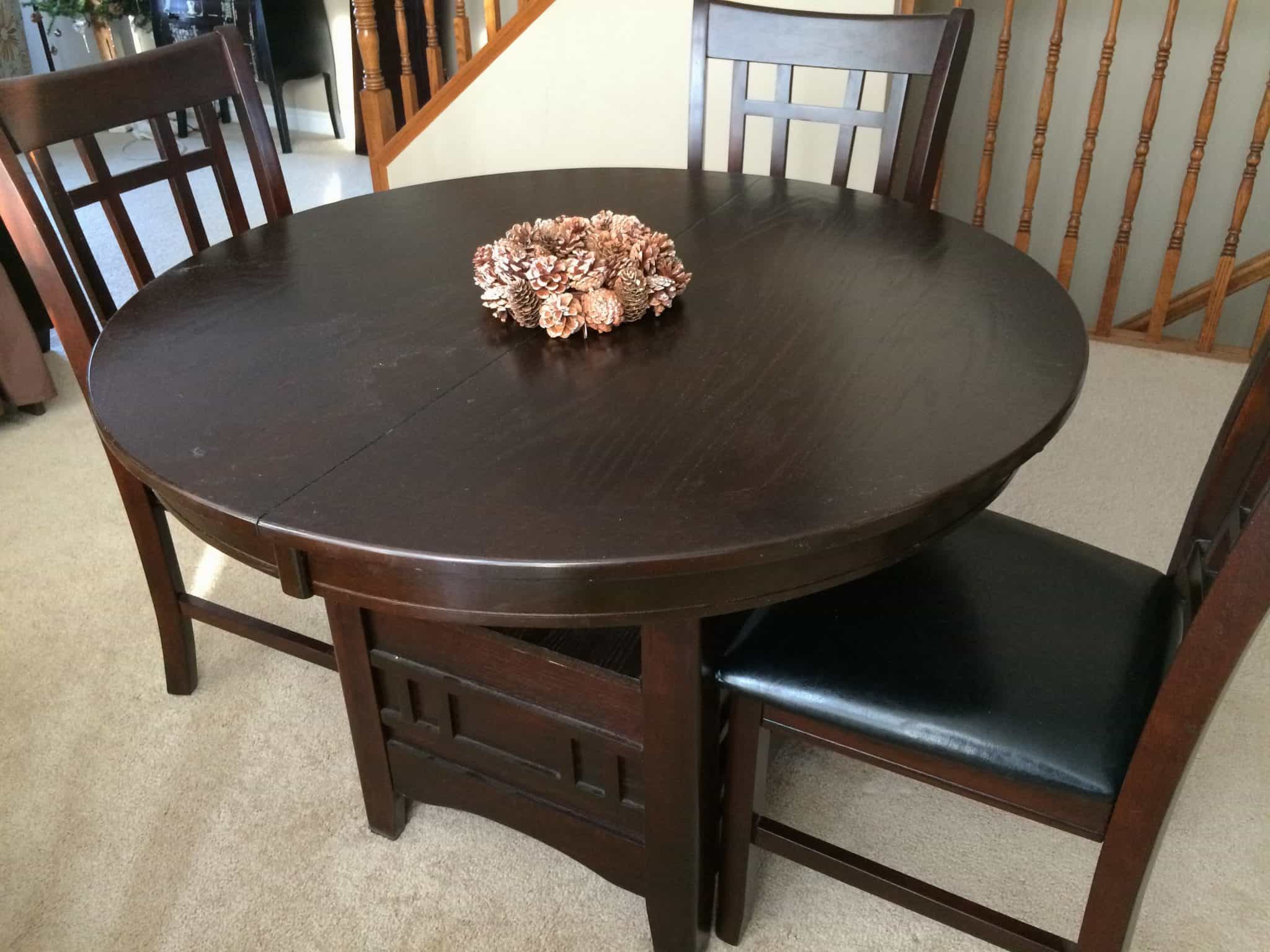

0 thoughts on “What Kind Of Sugar Do You Use To Rim A Glass”